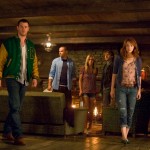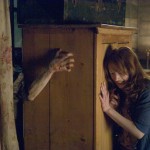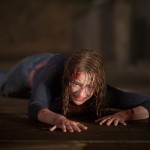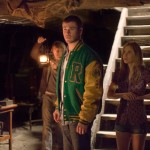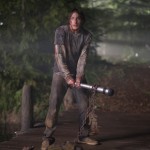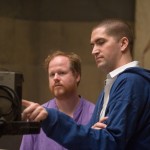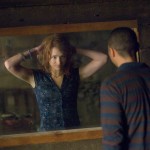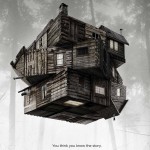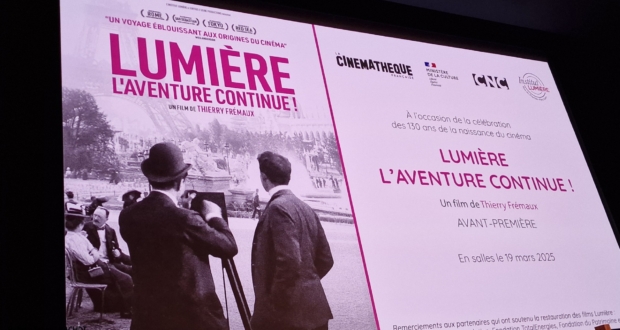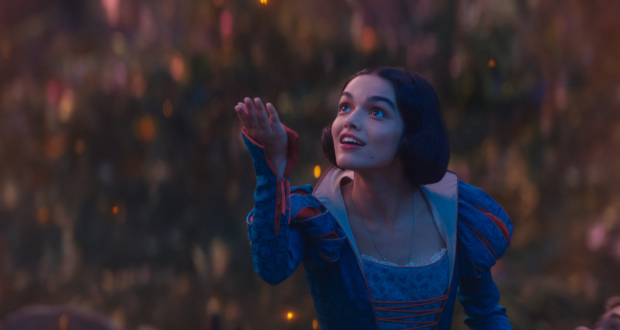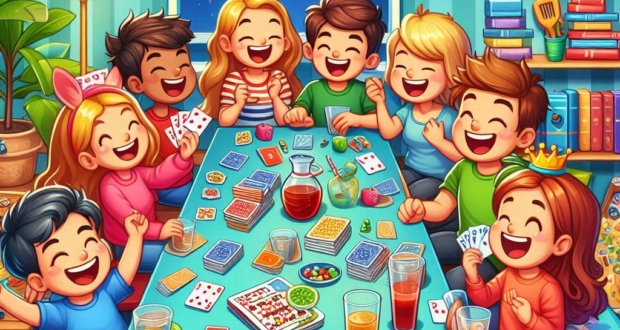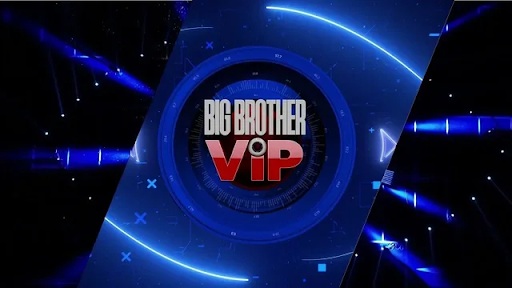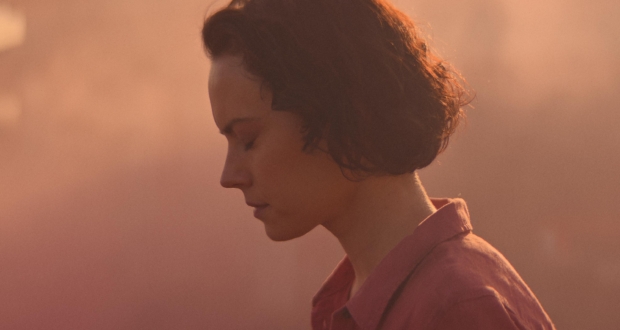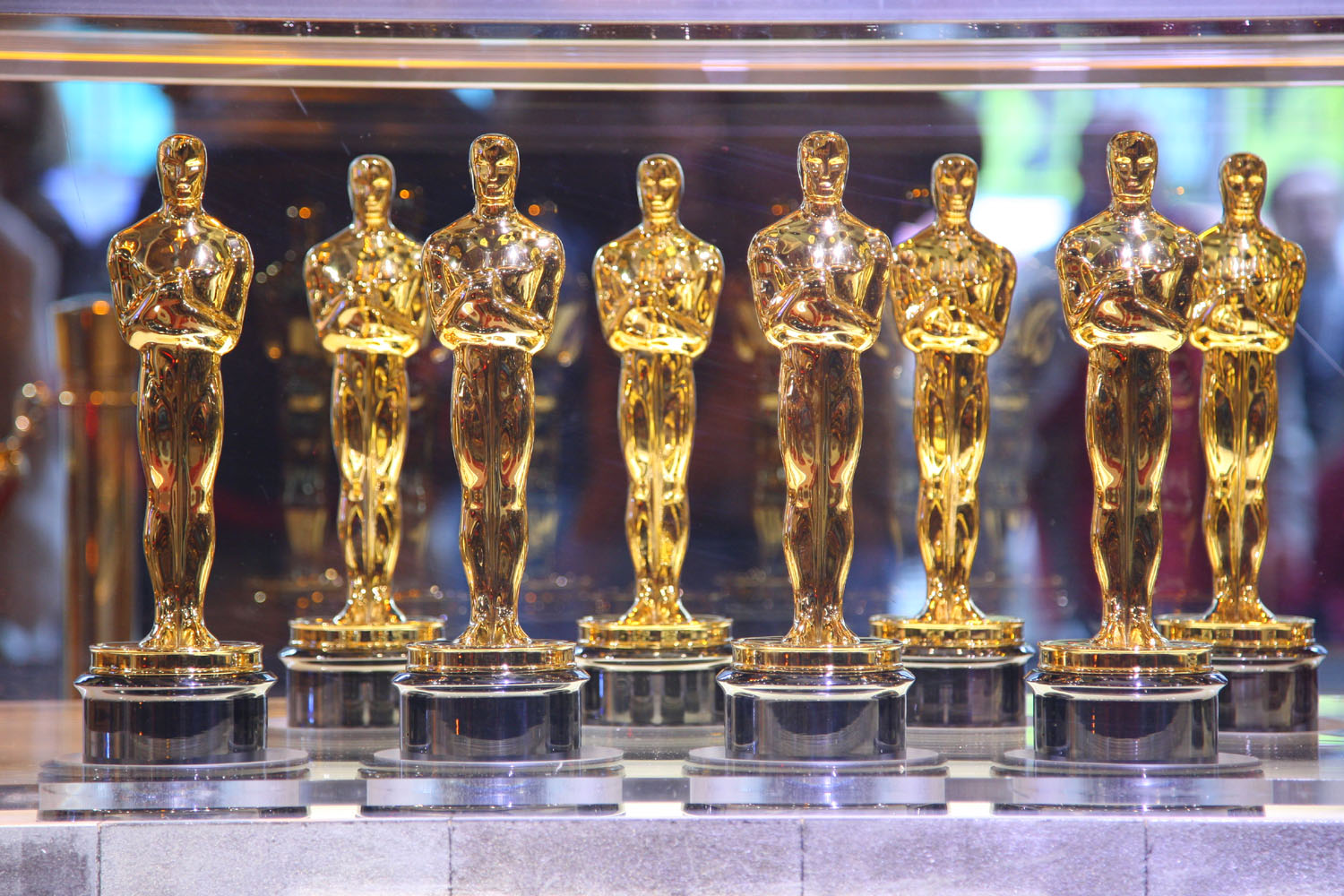
Director: Drew Goddard
Written by: Drew Goddard, Joss Whedon
Starring: Kristen Connolly, Chris Hemsworth, Anna Hutchison, Fran Kranz, Jesse Williams, Richard Jenkins, Bradley Whitford
MPAA Rating: R
Introduction:
The Cabin in the Woods is a 2012 horror film co-written by Joss Whedon and Drew Goddard. It is also the directorial debut of Drew Goddard. The film follows five friends that go for a break at a remote cabin in the woods, where they eventually get more than they bargained for. Together, they must discover the truth behind the cabin in the woods before it’s too late.
Trailer:
Review:
There is no real way to talk about The Cabin in the Woods in a non-spoiler demeanor, so I simply won’t try. I can only recommend watching The Cabin in the Woods because going any further would just disclose too many plot twists. So before I indeed delve into the movie a little more, if you haven’t watched the movie. It’s best to stop reading now. Even if you were the type of person who indulges in spoilers, I’d urge you in this one case to do yourself a favor. Stop reading.
Have you stopped reading?
Are you sure? This is the double tap in Zombieland (2009), giving you one last warning.
All right then, let’s get to it.
The Cabin in the Woods follows five friends, Dana (Kristen Connolly), Jules (Anna Hutchison), Curt (Chris Hemsworth), Holden (Jesse Williams) and Marty (Fran Kranz). As per any typical horror film, the characters all follow the standard tropes of the horror genre, each also providing the necessary stereotypical archetype. There are invariably always rules in a horror films, a progression of sequences, fulfillments required to essentially allow the next sequence of events to occur. You’ll get the ominous warning from the eccentric or just plain old creepy man who might in this case be working at the gas station. Then if that wasn’t enough there is always the extremely remote, like hey, wait a second, this cabin is just too damn remote and out of the way scenery. Then the consistent, this cabin looks just a little too good to be true. Then the moment where the group of friends should think twice before going into the dark cellar, but don’t. And if that wasn’t enough there is always a cellar containing a full collection of things that although look curious and mysterious. You probably should just get the hell out of dodge.
But that’s the Cabin in the Woods. The characters we watch and even the audience itself serves the purpose to fulfill the requirements of the movie. Our own viewing is as sacrificial as a ritual, in say a horror film, like this horror film. We all sacrifice the time to sit through something we all have seen before. But again, that’s the point.
In all the ways that you do think you’ve seen this movie before – you haven’t.

It’s tough to actually simplify this movie, because in most cases, purposefully and even all it’s subtle nuances, it’s an all-in-one horror film. Things that are subtle aren’t subtle, yet they are. What happens purposefully, while happening in sequence, is smart enough to still follow the rules yet break them at the same time. If you’re a hardcore fan of the genre or a casual viewer who likes a good scare, the film’s intellectual nature goes as far as your own knowledge. By that I mean. The Cabin in the Woods is a graduate’s thesis and every horror film before it is basically a pre-requisite.
The film teams up Joss Whedon and Drew Goddard who are no strangers to the horror genre. In fact if you pay attention to all the minute casting, The Cabin in the Woods is actually a reunion of actors from two other TV series they’re associated with, Buffy the Vampire Slayer (1997-2003) and Angel (1999-2004). It’s these types of Easter eggs that serve as the general lining of the film itself. The care to detail of past players who are familiar with their roles and what the movie expects of them. And it’s not simply limited to this notion, but the overall satirical and self-referential knowledge of where this movie actually places itself amongst horror films from the past, present and even future. And because of this, the surprise of The Cabin in the Woods comes unexpectedly.

For the hardcore fans, it’s almost always a necessity to figure out the scare before it happens to avoid jumping out of your seat. You don’t want to get caught doing it in the theatre and it’s almost embarrassing. The hardcore fan wants to be smarter than the horror movie, you want to figure out where it’s going to lead to, you want to solve who the masked killer is before you’re told and when the movie is over. You want to complain about the stupid decisions the actors do on-screen and say out loud, “well I obviously wouldn’t have done that” or “yeah we knew that was going to happen” and you might’ve described The Cabin in the Woods as being so meta. But that’s the point, it is meta, it’s self aware but respective of what it’s trying to say. Whedon has described The Cabin in the Woods as a “love/hate letter to horror films” and in that regard, that is probably the most poignant description of the movie itself.
In all the ways the horror genre has been recycled over and over, there have been moments or glimpses where something new comes along. It might’ve happened with the introduction of Scream (1996), maybe the Blair Witch Project (1999), perhaps the spoofing with Scary Movie (2000), or Saw (2004) and even slightly more recent with Paranormal Activity (2009). There are tons of movies not in that brief list and even more so if we turn the clock further back and start listing Halloween (1978) or Evil Dead (1981). But the point is, the genre itself today has become and is clockwork. We see the same sequels every year and we might get the odd thriller with a twist. But it’s rare we get a horror film, let alone a film itself that actually tries to be smarter than you.
And again that’s The Cabin in the Woods. It doesn’t do it an insulting manner, it does it so both that hardcore fan and casual viewer can enjoy the film together. The hardcore fan will pick out all the Easter eggs and if they don’t, they’ll be back to analyze the hell out of the movie to catch every single little thing. Not because they have to, but because they want to. Whilst the casual viewer will watch thinking and maybe saying, “are they really going to go there?” and then you realize “yes, The Cabin in the Woods goes there.” In a completely spoiler sense, I don’t personally remember a bigger payoff than seeing almost all of movie monster history on-screen at once. And just when you think it’s over, Whedon and Goddard don’t waste these monsters like some other films might do.
They use them and it’s a feast of wonders.
It is literally like tearing down the curtains and getting a backstage pass to watch the magic of horror production. And that’s the other half of the film, the melding and blending of what the five friends go through, for the greater good of the world. And perhaps that can simply be described by another summary of the movie.
The Cabin in the Woods follows two technicians Richard Sitterson (Richard Jenkins) and Steve Hadley (Bradley Whitford) as they get ready for a routine operation for what appears to be a government facility. Yet suddenly when five young college students looking for a good weekend seemingly unsettle the fate of the world. It’s up to Richard and Steve to save all of mankind from impending doom. With only rookie Alex Truman (Brian White), fellow co-worker Wendy Lin (Amy Acker) and their crazy associate Mordecai (Tim de Zarn) able to help. Will it be enough before the five college students push things beyond the point of no return? It’s this type of reverse layering that allows The Cabin in the Woods to work on its various perspectives. The behind the scenes point of view is inventive, jaded, formulaic, purposefully callous and clumsy. And in the same satirical sense plays to the unraveling of what both Whedon and Goddard set forth.
In the end, The Cabin in the Woods is homage to horror films. It loves them and hates them, but it won’t quit them. It’s still plays to pretending to be the typical horror cliché, but it’s not. It looks to be the unsuspecting dark comedy, but is also a creative allegory. Yet in the simplest ways, the masterfully satirized mayhem of the film is perhaps the reinvention of expectations in a cyclical genre.
And if you want to skip the wordplay, The Cabin in the Woods – is just a damn good movie.
I give The Cabin in the Woods, 9 out of 10.





